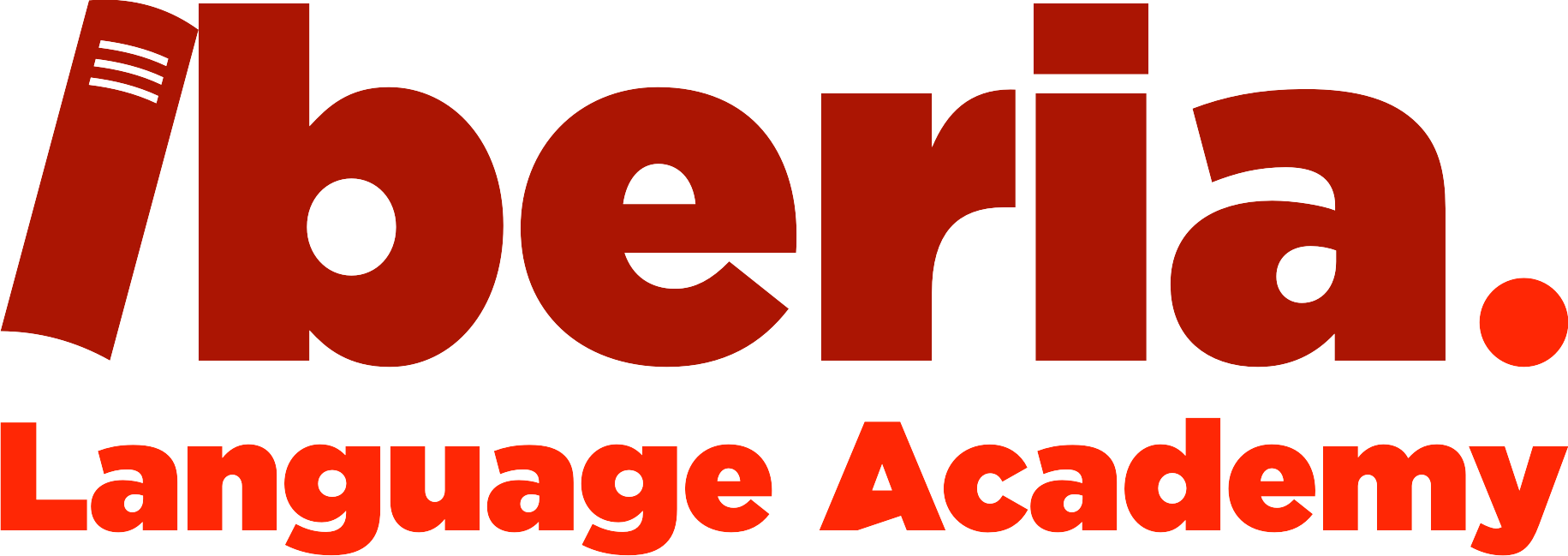What are the easiest languages to learn for English speakers?

Native English speakers struggle at learning other languages, or becoming bilingual. Only around a third of British people can speak another language, for example, compared to over eighty percent in the EU.
Why is it so challenging? Well, there are a host of cultural and technical reasons. English is the most widely spoken language in the world and is an international lingua franca. For that reason, there’s less incentive for native English speakers to learn another tongue - unless it’s a personal interest, useful for a move, or for a career.
Another reason is that English, despite having a vast vocabulary, is a grammatically simple language. Some readers may remember the endless conjugations of foreign languages taught by rote in schools - and the difficulty to grasp it all. This awkward transition from the simple grammar of English can be a first traumatic stumbling block that learners never quite return from.
With that in mind, we thought we’d look at some of the languages that are easiest to learn for English speakers. These are the languages that take less time to learn because they are closely related to English or are marked by simplicities that make the transition smoother.
All of these are the Category 1 languages that take around 600-750 classroom hours to learn. If you’re looking for the one that is spoken by most people then of course Spanish is the winner - becoming a rival to English on the global stage and spoken by over 600 million people worldwide, or more than 7.5% of the world’s population. This is the Romance language that we teach (in English) at Iberia Language Academy.
But Spanish isn’t the only language that’s more straightforward - here’s an infographic that goes into more detail - with some key stats on each language.

Here’s a quick summary of why each of these languages is easier to learn from English - as well as a key challenge for each.
Spanish:
Probably the most practical choice. Phonetically consistent, widely spoken and with straightforward grammar (compared to French or German). Vocabulary overlaps with English in many areas thanks to Latin roots (Terrace = Terraza). Tricky bits? Verb conjugations can be a handful and there are regional accents to rival a trip between Glasgow and Newcastle.
Find out more in this other ILA blog post about the differences between English and Spanish.
Portuguese:
Shares a lot with Spanish, so if you know one, the other is easier. Written Portuguese is startlingly similar to Spanish. Pronunciation is the main hurdle – especially European Portuguese, which tends to swallow vowels. But the grammar and structure feel familiar to anyone who’s tried Spanish or Italian.
Dutch:
As a Germanic language, Dutch sits very close to English. Word order and sentence structure will look eerily familiar. The vocabulary overlaps a lot too. So what’s hard? Pronunciation can sound harsh and word genders may throw you off at first. Written Dutch can also be a challenge, even for the Dutch.
Afrikaans:
Think Dutch but simpler. No verb conjugations for person or number, no noun genders, and more logical spelling. It’s often called the easiest language for English speakers. The challenge? Far fewer resources and speakers globally, so less opportunities to learn or speak outside South Africa or Namibia.
Norwegian:
Clean grammar, straightforward pronunciation, and it reads like a cousin of English. Once you get the hang of sentence patterns, it flows easily. Nevertheless, dialects vary a lot across regions – even Norwegians sometimes struggle to understand each other.
Swedish:
Regular grammar, familiar sentence structure, and plenty of English loanwords. It sounds musical and is easy on the ear. Watch out for word stress and the rhythm of speech – which can take time to master.
Italian:
Easy pronunciation – what you see is what you say (a bit like Spanish but a little more fun rhythmically). Vocabulary overlaps with English in areas like food, music, and art. Grammar is more involved, with gendered nouns and verb conjugations to learn but it’s regular and logical once you get going.
French:
Lots of shared vocabulary and cultural familiarity. But it’s trickier than it looks – irregular verbs, silent letters, and nasal vowels make pronunciation tough - at first. Still, it's everywhere in media, business, and travel, which helps with immersion and practice.
A word of caution: despite how we’ve titled this post, becoming fluent in another language is never easy - it’s a long-term commitment that takes time, energy and determination.
If you are determined to learn one of these languages then we recommend getting stuck in with an intensive course that will get you to a fluent level quickly. If that sounds like your kind of vibe then take a look at our intensive Spanish courses in Barcelona.
By the way, if you’re interested in a challenge at the opposite end of the scale - then the most difficult languages to learn in English are considered to be those in Category IV that involve otherworldly written script, such as Mandarin Chinese, Japanese, and Arabic. Within Europe the most difficult languages are considered to be those like Finnish and Hungarian, which use ‘agglutinative’ structures. This means they use numerous suffixes to express a wide range of grammatical information within a single word. This can be quite different from the relatively simple sentence structure of English - despite still using the latin alphabet.
Popular Posts
Las mejores escuelas de español en Barcelona: guía definitiva

Más de 20 datos y estadísticas interesantes sobre el español

Le guide ultime des meilleures écoles de langue espagnole à Barcelone

Español vs inglés: 10 diferencias sorprendentes

Subscribe To Our Mailing List!
Receive course updates, graduate reviews, exclusive discounts and more




